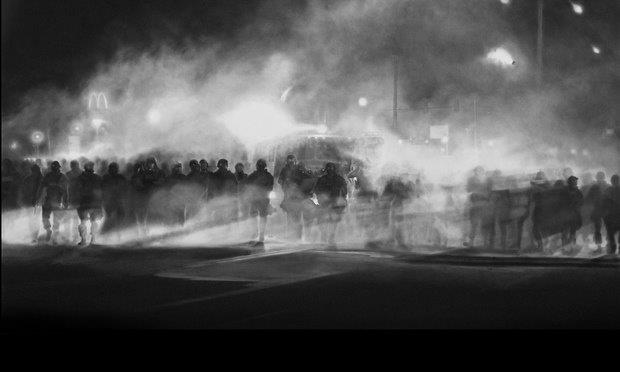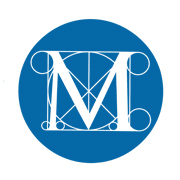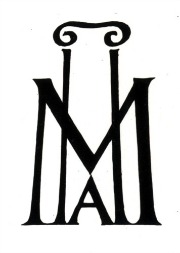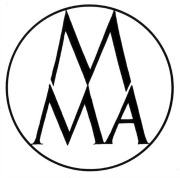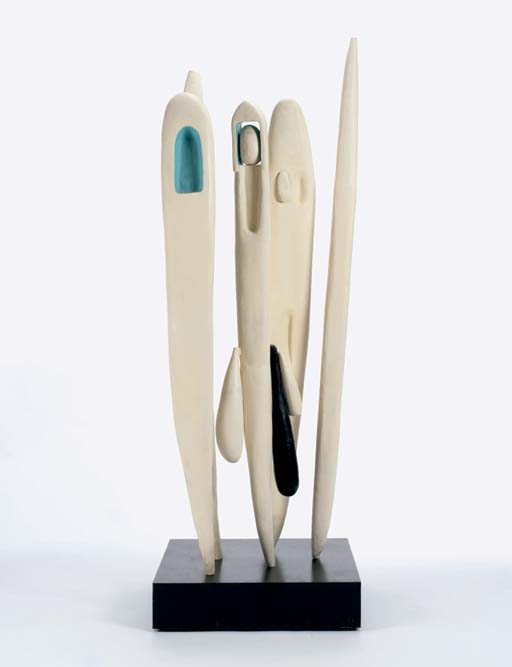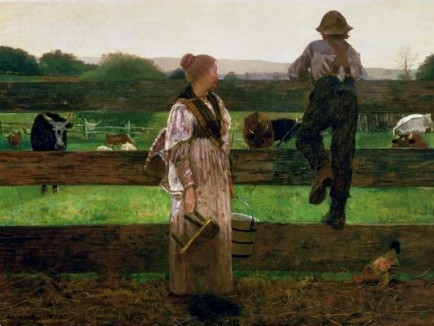 The Delaware Art Museum issued a statement late yesterday saying that it had sold its beautiful Winslow Homer, Milking Time (at right), and a painting by Andrew Wyeth, Â Arthur Cleveland, to pay off its debts.
The Delaware Art Museum issued a statement late yesterday saying that it had sold its beautiful Winslow Homer, Milking Time (at right), and a painting by Andrew Wyeth, Â Arthur Cleveland, to pay off its debts.
That makes four art works sold to pay for bad mistakes (overexpansion, imo) by the museum’s board and administration. You’ll remember that the museum has already auctioned off William Holman Hunt’s Isabella and the Pot of Basil, which fetched £2.5 million in London, and Alexander Calder’s Black Crescent. The Calder was sold privately, as were the two paintings just deaccessioned.
Said the release:
The sales mark the end of a process, announced in March 2014, to protect the Museum from closure by retiring its $19.8 million bond debt….No works of art acquired through gift or bequest were sold. With these sales, the Museum was able to fully repay the debt in September 2014 without significantly depleting its endowment—a vital source of funds that allows the Museum to continue to provide its community with access to collections, quality exhibitions, and important educational programs.
“Today, we close one of the most difficult chapters in the story of the Delaware Art Museum,†said Delaware Art Museum CEO Mike Miller. “We reached our most important goal—keeping the Museum open and thriving. We are very grateful for those who have understood the arduous and complex decisions that we encountered during this long and challenging phase. There has been overwhelming and unyielding support for protecting and preserving this beautiful Museum for our community.â€
Many questions remain. The museum did not say whether the new sales would do anything to replenish its endowment, which was was drawn down to meet debt payment deadlines. Further, the museum remains without a director. And the museum was sanctioned by its peers last year; what will it do to try to rejoin the art museum community? And when?


